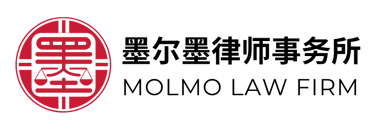Uzbekistan’s Legal Recalibration: Recasting the Republic as a Magnet for Global Capital
Mariam Sajjad
7/22/2025


In the annals of Central Asian political economy, few transitions have been as deliberate or as institutionally orchestrated as the transformation presently underway in the Republic of Uzbekistan. Where once Soviet legacies and post-independence protectionism reigned supreme, we now observe the deliberate architecture of a modern investment regime, inspired by international best practices and local exigencies alike.
The Legislative Overture: Uzbekistan-2030
The President of the Republic, by way of Presidential Decree dated 30 January 2025, unveiled the long-awaited Uzbekistan-2030 Development Strategy. This master document not only delineates macroeconomic priorities but also codifies the State’s intention to attract $42 billion in foreign direct investment (FDI) within the calendar year. The effort is not rhetorical. In Q1 2025 alone, the country attracted $8.7 billion, registering a 20% increase year-on-year, a testimony not merely to policy but to institutional will.
The Architecture of Reform
Key investment reforms implemented, thus far, include:
Abolition of 13 licensing regimes, previously seen as bureaucratic bottlenecks;
Introduction of a unified "single window" system to expedite foreign investor applications and governmental correspondence;
5-year residence permits for those investing a minimum of $200,000, thus merging immigration incentives with capital inflows;
Sectoral prioritization in energy, mining, transport, waste management, healthcare, and social infrastructure, all of which now benefit from simplified land acquisition and customs exemptions.
These measures are not episodic but emblematic of a system striving to be rule-bound, transparent, and competitively federal.
The Jurisdiction as a Financial Crossroads
In geopolitical terms, Uzbekistan straddles the junction of East and West with China to the east, Europe to the west, and Islamic financial institutions to the south. The Tashkent International Investment Forum 2025, which secured over $4.2 billion in investment pledges, reflects this pluralism. From Japan’s JBIC to the Islamic Corporation for the Development of the Private Sector (ICD), Uzbekistan now occupies a privileged space in the imagination of global investors.
In tandem with these macroeconomic steps is the quiet, but equally potent, development of a digital regulatory framework via Digital Uzbekistan 2030. Here, we see the Republic embracing not only hardware infrastructure, but legal modalities surrounding data governance, intellectual property, and tech zone licensing.
Conclusion
It is often said that laws do not create societies; societies create laws. Yet, in Uzbekistan’s case, the two are developing simultaneously, with law, policy, and diplomacy operating as concentric spheres. It is, for the investors, a moment worthy of both interest and participation.
